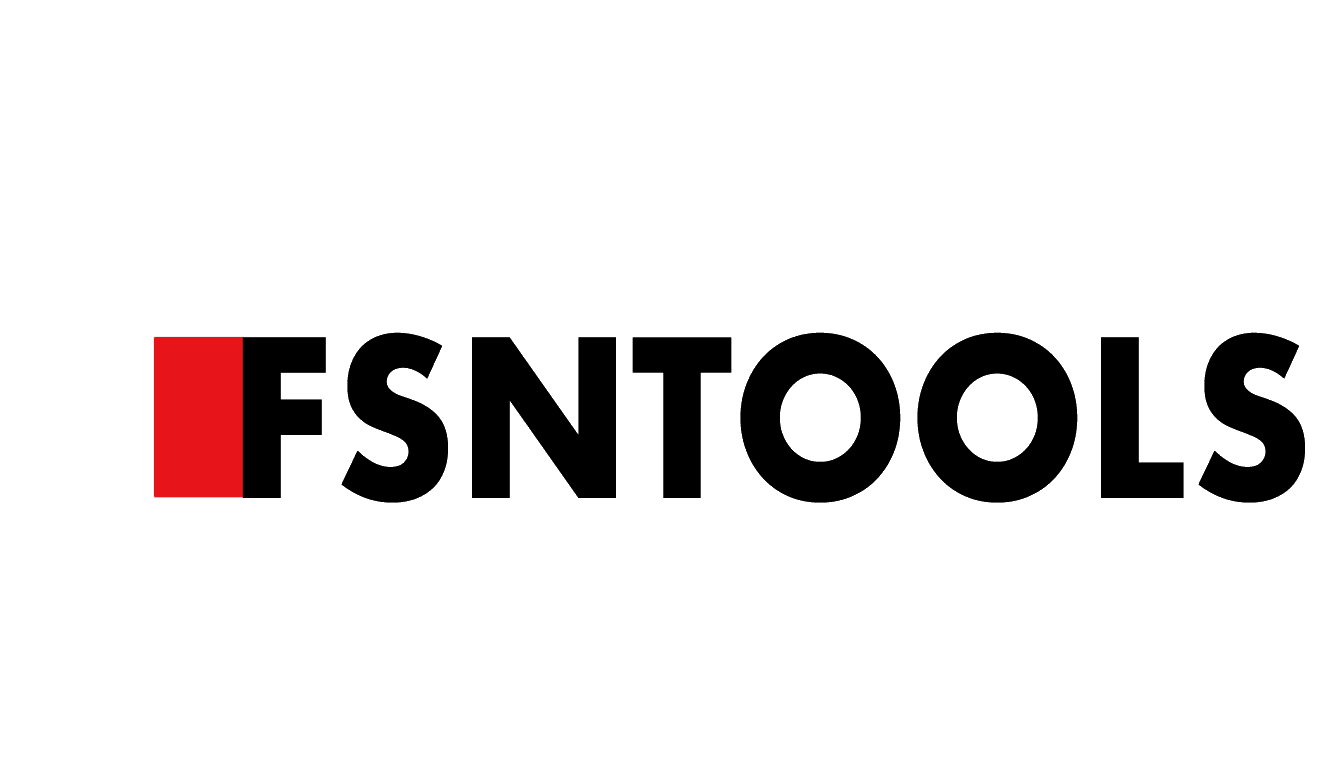The commonly used tooth shapes include left and right teeth (alternating teeth), flat teeth, ladder flat teeth (high and low teeth), inverted trapezoidal teeth (inverted conical teeth), and rare industrial grade three left and one right, left and right flat teeth.
- Ladder flat teeth are the most widely used and have smooth cutting. Suitable for cutting and sawing various soft and hard industrial aluminum profiles and aluminum alloy radiators.
- The flat tooth saw has a rough edge and a slower cutting speed, making grinding the simplest. Mainly used for slotting saw cutting, with a lower cost. It is mainly used for aluminum saw blades with smaller diameters to reduce adhesion during cutting, and for slotting saw blades to keep the groove bottom flat.
- Ladder flat teeth are a combination of trapezoidal teeth and flat teeth, which is more complex to grind. In order to prevent adhesion, aluminum saw blades often use saw blades with a larger number of ladder flat teeth.
- The use of left and right teeth is the most common in sawing aluminum rods and plates, with fast sawing speed. In summary, when sawing aluminum plates and aluminum rods, left and right teeth should be selected, which can sharply cut the wood fiber tissue and make the incision smooth; To maintain a flat groove bottom, use a flat tooth shape or a combination of left and right flat teeth; Industrial aluminum profiles generally choose ladder flat teeth.
(7) Selection of sawtooth angle
The angle parameters of the serrated part are relatively complex and the most professional, and the correct selection of the angle parameters of the saw blade is the key to determining the cutting quality.
The main angle parameters are front angle, back angle, and wedge angle. The front corner mainly affects the force consumed by sawing sawdust. The larger the front corner, the better the sawtooth cutting sharpness, the lighter the sawing, and the more effortless the material pushing.
When the material being processed is generally soft, choose a larger front corner, otherwise choose a smaller front corner. The angle of the serration is the position of the serration during cutting. The angle of the sawtooth affects the cutting performance. The front corner has the greatest impact on cutting γ、 Posterior horn α、 Wedge angle β。 Anterior horn γ It is the cutting angle of the serration, and the larger the front angle, the lighter the cutting. The front angle is generally between 10-15 ℃. The back angle is the angle between the sawtooth and the machined surface, which prevents friction between the sawtooth and the machined surface. The larger the back angle, the smaller the friction, and the smoother the processed product. The back angle of the hard alloy saw blade is generally set at 15 ℃. The wedge angle is derived from the front and rear angles. But the wedge angle cannot be too small, as it plays a role in maintaining the strength, heat dissipation, and durability of the teeth. Anterior horn γ、 Posterior horn α、 Wedge angle β The sum of the three is equal to 90 ℃.

